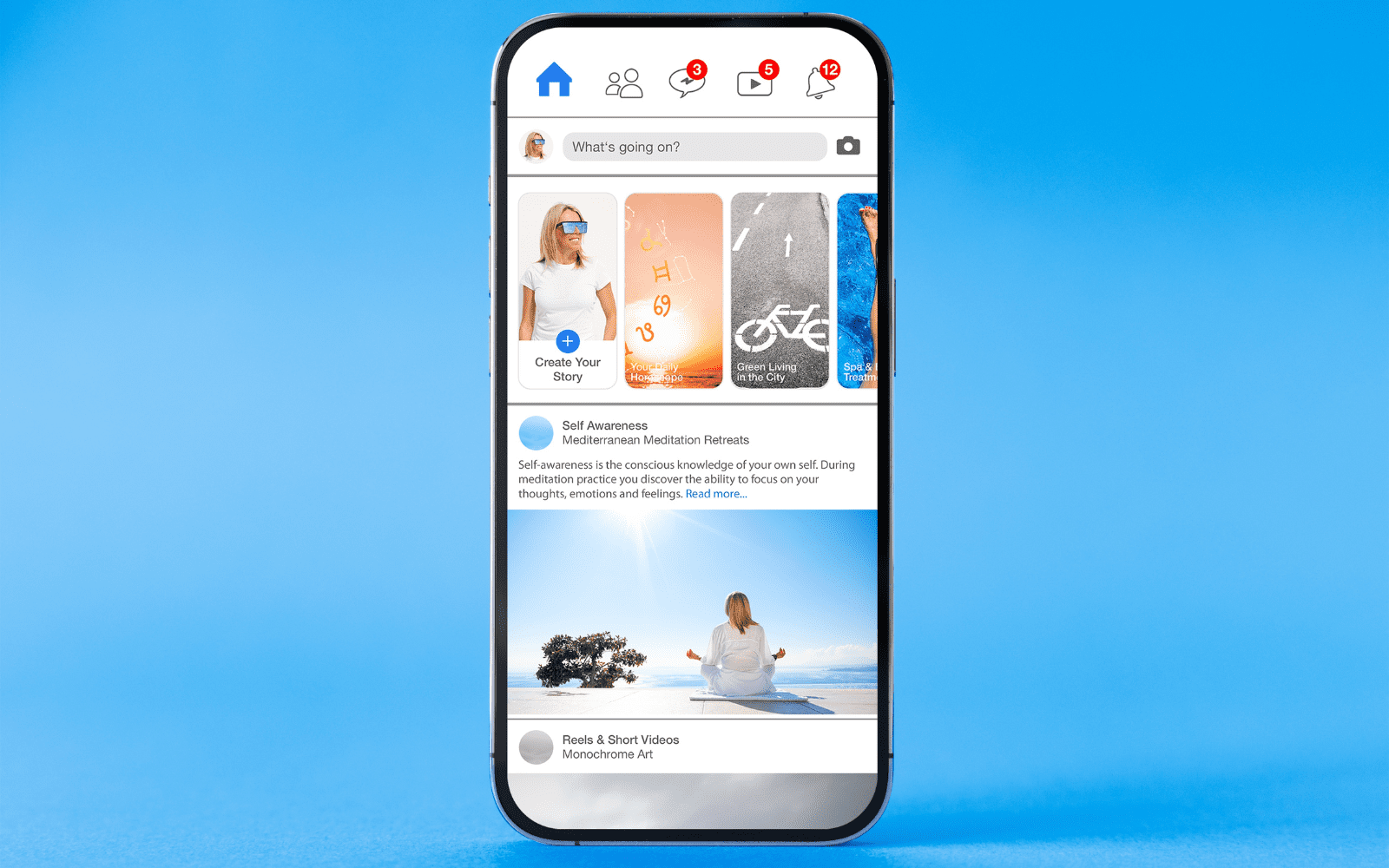Google Gives Exact Reason Why Negative SEO Doesn’t Work via @sejournal, @martinibuster

Google’s Gary Illyes answered a question about negative SEO provides useful insights into the technical details of how Google prevents low quality spam links from affecting normal websites.
The answer about negative SEO was given in an interview in May and has gone unnoticed until now.
Negative SEO
Negative SEO is the practice of sabotaging a competitor with an avalanche of low quality links. The idea is that Google will assume that the competitor is spamming and knock them out of the search engine results pages (SERPs).
The practice of negative SEO originated in the online gambling space where the rewards for top ranking are high and the competition is fierce. I first heard of it around the mid-2000s (probably before 2010) when someone involved in the gambling space told me about it.
Virtually all websites that rank for meaningful search queries attract low quality links and there is nothing unusual about, it’s always been this way. The concept of negative SEO became more prominent after the Penguin link spam update caused site owners to become more aware of the state of their inbound links.
Does Negative SEO Cause Harm?
The person interviewing Gary Illyes was taking questions from the audience.
She asked:
“Does negative SEO via spammy link building, a competitor throwing tens of thousands of links at another competitor, does that kind of thing still harm people or has Google kind of pushed that off to the side?
Google’s Gary Illyes answered the question by first asking the interviewer if she remembered the Penguin update to which she answered yes.
He then explained his experience reviewing examples of negative SEO that site owners and SEOs had sent him. He said that out of hundreds of cases he reviewed there was only one case that might have actually been negative SEO but that the web spam team wasn’t 100% sure.
Gary explained:
“Around the time we released Penguin, there was tons and tons of tons of complaints about negative SEO, specifically link based negative SEO and then very un-smartly, I requested examples like show me examples, like show me how it works and show me that it worked.
And then I got hundreds, literally hundreds of examples of alleged negative SEO and all of them were not negative SEO. It was always something that was so far away from negative SEO that I didn’t even bother looking further, except one that I sent to the web spam team for double checking and that we haven’t made up our mind about it, but it could have been negative SEO.
With this, I want to say that the fear about negative SEO is much bigger than or much larger than it needs to be, we disable insane numbers of links…”
The above is Gary’s experience of negative SEO. Next he explains the exact reason why “negative SEO links” have no effect.
Links From Irrelevant Topics Are Not Counted
At about the 30 minute mark of the interview, Gary confirmed something interesting about how links evaluated that is important to understand. Google has, for a very long time, examined the context of the site that’s linking out to match it to the site that’s being linked to, and if they don’t match up then Google wouldn’t pass the PageRank signal.
Gary continued his answer:
“If you see links from completely irrelevant sites, be that p–n sites or or pure spam sites or whatever, you can safely assume that we disabled the links from those sites because, one of the things is that we try to match the the topic of the target page plus whoever is linking out, and if they don’t match then why on Earth would we use those links?
Like for example if someone is linking to your flower page from a Canadian casino that sells Viagra without prescription, then why would we trust that link?
I would say that I would not worry about it. Like, find something else to worry about.”
Google Matches Topics From Page To Page
There was a time, in the early days of SEO, when thousands of links from non-matching topics could boost a site to the top of Google’s search results. Some link builders used to offer “free” traffic counter widgets to universities that when placed in the footer would contain a link back to their client sites and they used to work. But Google tightened up on those kinds of links.
What Gary said about links having to be relevant matches up with what link builders have known for at least twenty years. The concept of off topic links not being counted by Google was understood way in the days when people did reciprocal links.
Although I can’t remember everything every Googler has ever said about negative SEO, this seems to be one of the rare occasions that a Googler offered a detailed reason why negative SEO doesn’t work.
Watch Gary Illyes answer the question at the 26 minute mark:
Featured Image by Shutterstock/MDV Edwards




